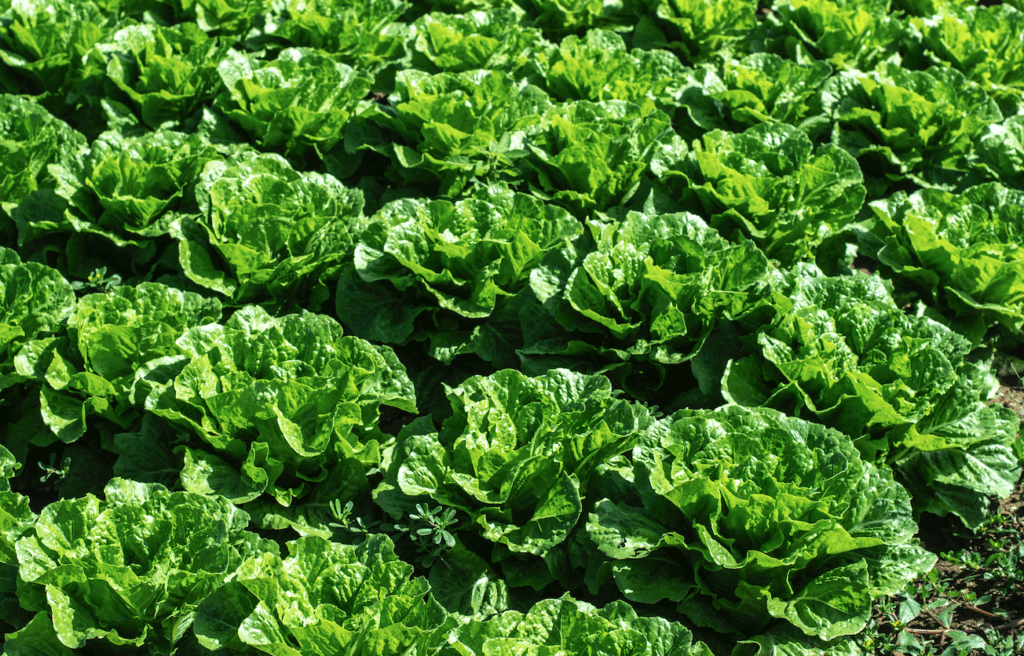Summary of Effectiveness of Trichoderma application through drip-irrigation to reduce Sclerotinia disease incidence and improve the growth performance of greenhouse lettuce
Trichoderma Drip-Irrigation on Lettuce Enhances Growth and Disease Resistance
A greenhouse experiment conducted during the winter season of 2015 in Ladispoli (central Italy) investigated the effects of Trichoderma drip-irrigation on lettuce (Lactuca sativa L. ‘Canasta’) grown in naturally infested soil. The study focused on the endophytic fungus Trichoderma atroviride strain AT10, applied five times via drip irrigation (1, 11, 24, 34, and 49 days after transplanting) at 1 kg ha‑1 per application. Overall, this treatment aimed to both promote growth and reduce disease incidence in lettuce crops.
Improved Lettuce Growth with Trichoderma Treatment
At harvest, lettuce treated with Trichoderma showed a 13% increase in shoot fresh weight compared to untreated plants. This demonstrates the phytostimulation effect of T. atroviride AT10, which actively supports stronger and more robust plant development. Moreover, the treatment contributed to uniform growth throughout the greenhouse, resulting in higher-quality produce.
Reducing Sclerotinia Disease Incidence
The application of Trichoderma also significantly lowered the incidence of Sclerotinia spp., a soilborne pathogen responsible for lettuce drop. Disease symptoms first appeared 49 days after transplanting; however, treated plants had lower mortality (0.9%) than control plants (4.0%). By 56 days, disease incidence increased to 2.4% in treated plots, while controls reached 4.1%. Finally, at harvest (61 days), treated plots showed only 3.3% disease incidence versus 8.5% in untreated plots. The efficacy of T. atroviride treatments ranged from 42.1 to 77.2% based on Abbott’s formula, confirming its consistent protective effect.
Antagonistic and Biostimulant Activity
In vitro tests further confirmed the antagonistic activity of T. atroviride against Sclerotinia. Together with its growth-promoting properties, these results highlight the dual role of this fungus as both a biocontrol agent and a natural biostimulant. Consequently, Trichoderma drip-irrigation represents a practical and eco-friendly strategy to enhance lettuce production in greenhouses.
Publication: Acta Horticulturae









